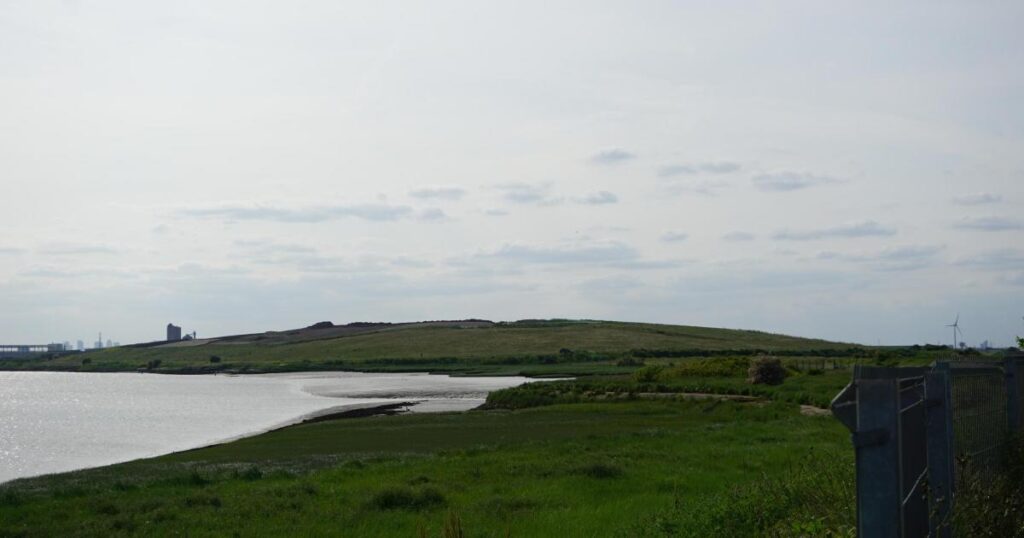Havering Council’s strategic planning committee is expected to approve a proposal to extend the life of a huge landfill site in Coldharbour Lane, Rainham.
The decision – set to be made at a meeting on May 8 – will see the waste facility continue to operate until December 2029, bringing in 200,000 cubic metres of rubbish each year.
It is then proposed for the site to be fully restored by December 2031, according to a council report published ahead of the meeting.
READ MORE: Plans for huge new waste processing factory in Rainham
The report states that one of the conditions for the approval is a “land transfer option to the council”, with the land provided going towards a “water sports facility, visitor centre, and associated uses”.
A new restoration and public access plan will also need to be drawn up as part of the conditions, which would include public riverside pathways, visitor car parking and recreational access.
The Coldharbour Lane landfill is located on the bank of the River Thames and stretches out over 177 hectares.
It is run by Veolia ES – a French transnational waste company – and was first granted planning permission as a landfill site in 1997, after many years operating “largely uncontrolled”, according to the council report.
Waste disposal was previously supposed to stop at the end of December 2024, after Veolia was granted an extension in 2012.
However, the company now says another extension is needed to “ensure sustainable management” of waste and to level off a huge mound of rubbish so the site can be restored.
In the council report, it argues that continuing the landfill operations in Rainham would “avoid the environmental and logistical impacts associated with developing new landfill sites elsewhere”.
READ MORE: HGV trailers dumped in A1306 New Road, Rainham ‘for months’
The facility also risks “uncontrolled gas emissions” if the extension is not approved, the company says.
Havering Council officers are recommending the approval as they argue that, because it is already a landfill site, there will be no “additional material harm to local ecology and biodiversity”.
The report says: “While the operational extension prolongs visual impacts for a limited period, the residual effects are considered negligible following restoration.
“It is considered that any impacts on neighbouring businesses and occupiers would be appropriately mitigated and managed.”




